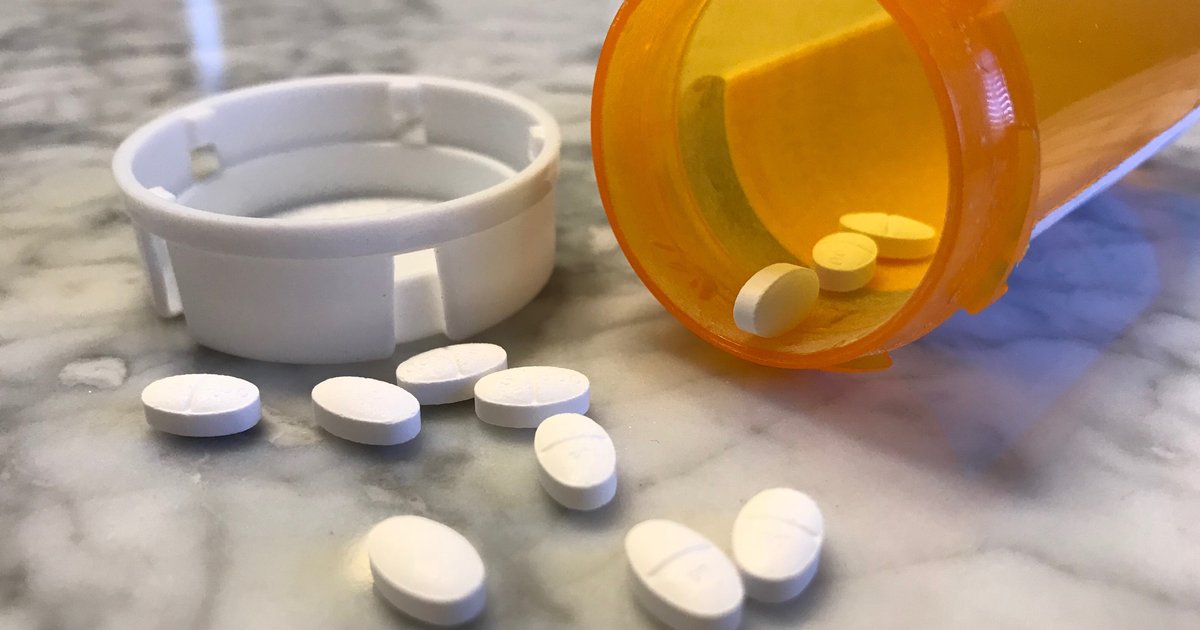How To Manage Dermatomyositis Effectively
Dermatomyositis is a rare type of inflammatory condition that results in skin rashes and muscle weakness. Both children and adults are affected by dermatomyositis, and females are more likely to develop the condition than males. In children, dermatomyositis typically presents between five and fifteen years old, and adults with the condition generally develop symptoms in their late forties to early sixties. The rash associated with this condition is usually red, and it frequently appears on the eyelids, face, chest, and back. Some patients may also have the rash on their knees, knuckles, and in the areas surrounding the fingernails. The muscle weakness associated with dermatomyositis is most noticeable in the upper arms, shoulders, neck, hips, and thighs. Patients may develop calcinosis (painful nodules of calcium just underneath the skin) or panniculitis (inflammation of the subcutaneous fat layer). Heart and blood vessel inflammation may be observed. To diagnose dermatomyositis, skin or muscle biopsies may be taken, and patients may also need blood tests, chest x-rays, MRI scans, and an electromyography study.
Patients diagnosed with dermatomyositis often benefit from the treatments discussed below.
Intravenous Immunoglobulin

Intravenous immunoglobulin, abbreviated IVIg, blocks the antibodies that damage skin and muscle in patients with dermatomyositis. This treatment is given as an infusion through a vein in the arm or the back of the hand. Immunoglobulin is a type of purified blood product full of healthy antibodies taken from thousands of blood donors. It can help strengthen the immune system and enable the body to fight infection more easily. Both children and adults are able to receive intravenous immunoglobulin, and treatment usually takes place at a hospital, infusion center, or doctor's office. Some patients may have their infusions at home. Each infusion takes between two to four hours, and the dose is based on the patient's weight. To start, most doctors prescribe four to six hundred milligrams of immunoglobulin per kilogram of body weight. Potential side effects of the treatment include headaches, a low fever, and muscle or joint pain. Patients typically receive a dose of immunoglobulin every three or four weeks.
Uncover more options for treating dermatomyositis now.
Applying Sunscreen

Applying sunscreen protects the skin from the sun's damaging rays, and it can help control and reduce the symptoms dermatomyositis rashes can bring. Patients should apply a sunscreen that blocks both UVA and UVB rays, and it should have a sun protection factor (SPF) of at least thirty. A water-resistant sunscreen is ideal, and patients will need to reapply it at least once every two hours. When applying sunscreen, many individuals often forget to apply it to the face, scalp, backs of the ears, fingers, toes, and neck. In addition to using sunscreen on all exposed skin, patients may wish to consider wearing clothing with built-in sun protection. Wearing a hat with a wide brim and avoiding the sun between the hours of 10 am and 2 pm can also reduce sun exposure. Patients should apply sunscreen daily, even during the winter, and they should take extra precautions when out in the snow or on the beach.
Learn more about how to treat dermatomyositis effectively now.
Corticosteroids

Corticosteroids are medications that reduce inflammation, redness, and itching. One of the most popular corticosteroids used for patients with dermatomyositis is prednisone. This medication can control symptoms quickly and effectively. However, patients using prednisone or similar medications should remain vigilant for potential side effects, which include an increased risk of infection, sore throat, fever, frequent urination, increased thirst, and blurry vision. Some patients may experience rare side effects such as mood swings, depression, confusion, and hives. Patients who take corticosteroids for a long time may gain weight, and they may have indigestion. To reduce the side effects of these medications, patients are sometimes given with other medicines called corticosteroid-sparing agents, which allow patients to take a lower steroid dose. For patients with dermatomyositis, methotrexate and azathioprine are commonly prescribed corticosteroid-sparing agents.
Continue to reveal more ways to manage dermatomyositis now.
Speech Therapy

Speech therapy can be useful for children and adults with dermatomyositis. Doctors generally recommend speech therapy for patients with dermatomyositis that creates swallowing difficulties. A speech therapist, also known as a speech-language pathologist, can help patients who have difficulty with all aspects of feeding, including eating, swallowing, and drooling. Speech-language pathologists help patients with swallowing and feeding through the use of facial massage, and they will also show the patient exercises they can use to strengthen the muscles of their jaw, mouth, tongue, and lips. The therapist may encourage the patient to try foods with various textures during a therapy session, as this can increase the patient's awareness while eating and swallowing. Speech therapy takes time and dedication from both the therapist and patient, and sessions may continue for months or even years. For patients with dermatomyositis, finding a speech-language pathologist who has experience in treating this condition is essential. The patient's medical team may be able to recommend an appropriate professional.
Get the details on the next option for treating dermatomyositis now.
Surgical Intervention

Surgical intervention is not considered a standard treatment for dermatomyositis, and it is usually only recommended for patients who have calcium deposits causing significant nerve pain. Calcium deposits that have been present for a prolonged period often dry out and become inflamed, and they may rupture and leak calcium into the body. For these patients, choosing to have surgery relieves pain and may help prevent recurrent infections. Before scheduling the operation, the patient will need to have x-rays and other imaging studies to determine the location and size of the calcium deposits; this information will help the surgeon plan the most effective treatment. The surgery itself is carried out under general anesthesia, and patients can have the operation at a hospital or outpatient surgery center. This type of surgery is normally performed as an arthroscopic procedure. An arthroscope is a lighted camera inserted into a joint, and the surgeon then inserts surgical instruments around the camera. This method uses tiny incisions and minimal equipment, reducing scarring, post-operative pain, and recovery time.